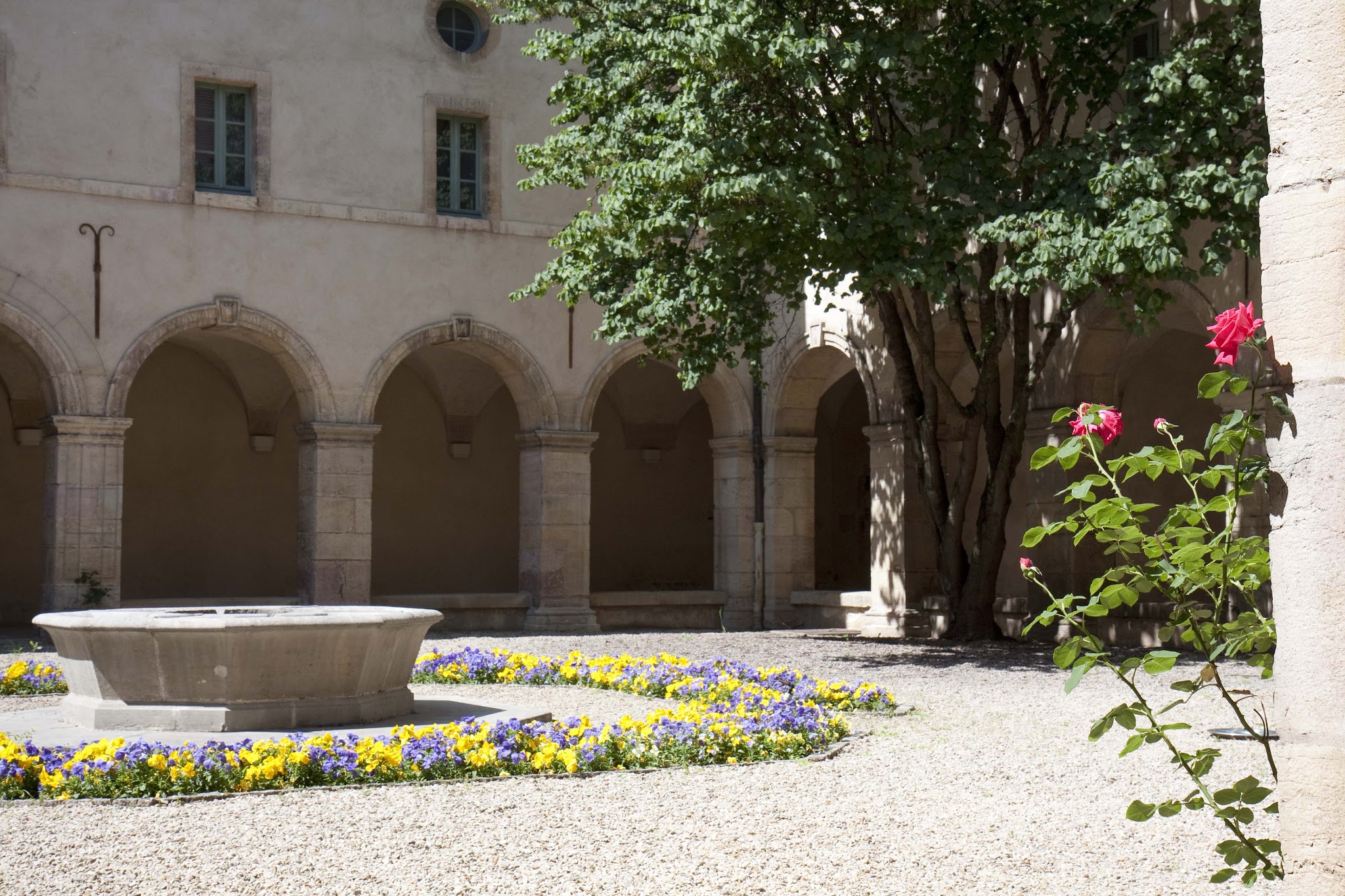Museum of Burgundian Life: A Journey Through Time in Dijon
In the heart of Dijon, a city renowned for its rich history and cultural heritage, a unique experience awaits visitors. Housed within the walls of a former Cistercian monastery, the Museum of Burgundian Life offers a captivating glimpse into the region's past. As one steps through its doors, centuries of Burgundian traditions, customs, and daily life are brought to vivid life through carefully curated exhibits and immersive displays.

A Window to the Past
The museum's location itself is steeped in history. The Bernardine monastery, dating back to the 17th century, provides an atmospheric backdrop for the collection. Its stone corridors and vaulted ceilings transport visitors to another era, setting the stage for the journey through time that awaits within the exhibits.
Upon entering, visitors are greeted by a diverse array of artifacts and reconstructions. Rural and urban life from the 18th to the early 20th centuries is meticulously showcased. Traditional costumes, tools, furniture, and household items are displayed, each telling its own story of Burgundian life.
Things to do in Dijon
A Tapestry of Traditions
One of the museum's highlights is found in its faithful recreations of typical Burgundian interiors. A 19th-century bourgeois salon is painstakingly reconstructed, complete with period-appropriate furnishings and decor. In contrast, the humble abode of a vineyard worker is also presented, offering a stark comparison of social classes during this era.
The region's viticultural heritage is given special attention. Displays of ancient winemaking tools and equipment provide insight into the techniques that have made Burgundy wines world-renowned. The evolution of this craft over centuries is traced, from rudimentary presses to more sophisticated methods.
Crafts and Trades of Old
A significant portion of the museum is dedicated to the traditional crafts and trades that once thrived in the region. Workshops of blacksmiths, coopers, and other artisans are recreated with remarkable attention to detail. The tools of their trades are displayed alongside finished products, allowing visitors to appreciate the skill and craftsmanship of bygone eras.
The textile industry, once a cornerstone of Burgundian economy, is also well-represented. Looms, spinning wheels, and exquisite examples of local textiles showcase the importance of this craft to the region's history and identity.
Festivals and Folklore
Burgundian cultural life is vividly brought to life through exhibits dedicated to local festivals, customs, and folklore. Traditional costumes worn during celebrations are displayed, their intricate designs and vibrant colors a testament to the region's rich cultural tapestry.
Visitors can learn about unique local traditions, such as the famous "Fête de la Vigne" (Festival of the Vine), which has been celebrated in Dijon for centuries. The museum's displays offer context and historical background to these enduring customs, helping visitors understand their significance to Burgundian identity.
A Living Museum
What sets the Museum of Burgundian Life apart is its commitment to making history accessible and engaging. Interactive elements are thoughtfully incorporated throughout the exhibits. Visitors might find themselves grinding grain in a traditional mill, trying on replicas of historical costumes, or attempting to decipher old Burgundian dialects through audio guides.
Regular workshops and demonstrations are hosted, where traditional crafts and skills are showcased by local artisans. These events breathe life into the static displays, allowing visitors to experience history in a tangible, memorable way.
A Journey Through Time
As one's visit to the Museum of Burgundian Life draws to a close, a profound sense of connection to the past is felt. The museum succeeds in not just displaying artifacts, but in weaving a narrative that connects visitors to the lives, struggles, and joys of those who came before.
For those seeking to delve deeper into Dijon's rich cultural heritage, a visit to the Museum of Fine Arts Dijon is highly recommended. Here, the artistic legacy of Burgundy is showcased through an impressive collection spanning multiple centuries.
The Museum of Burgundian Life stands as a testament to the enduring spirit of the region. It serves not only as a repository of historical artifacts but as a bridge between past and present, inviting visitors to reflect on the continuity of human experience and the rich tapestry of cultural heritage that defines Burgundy.

 Home
Home Wishlist
Wishlist